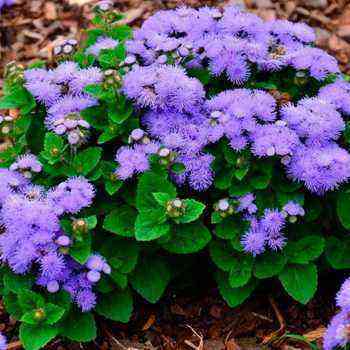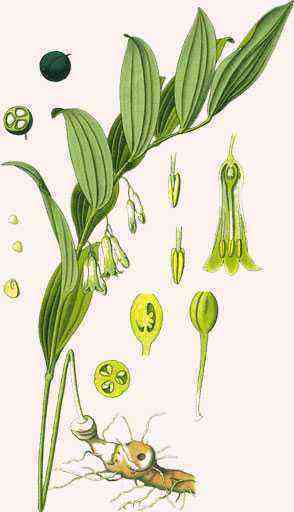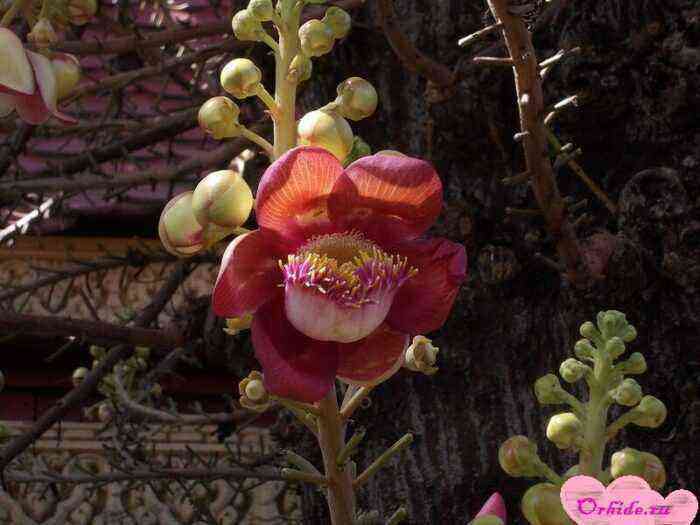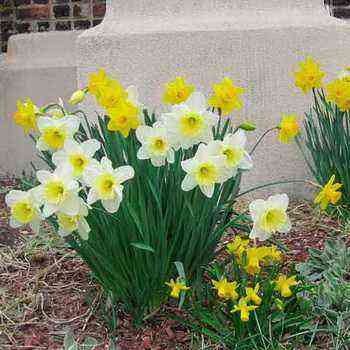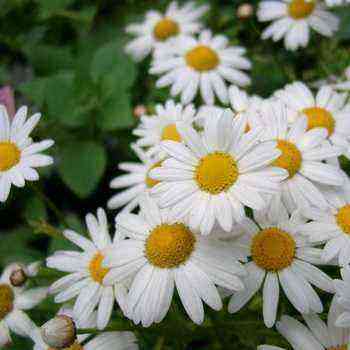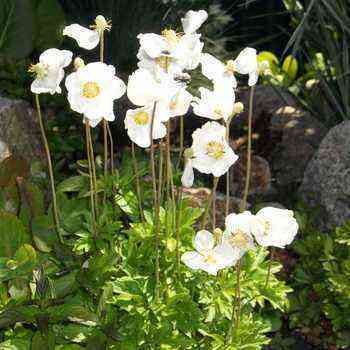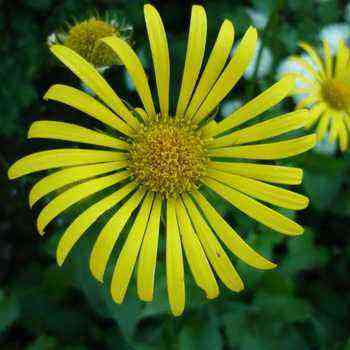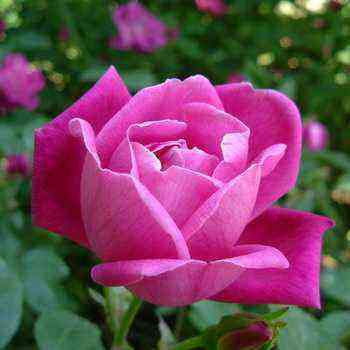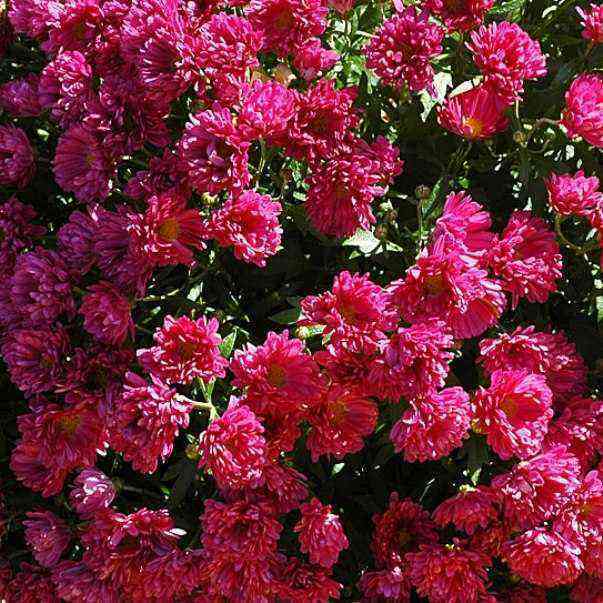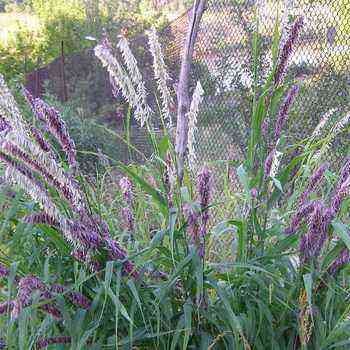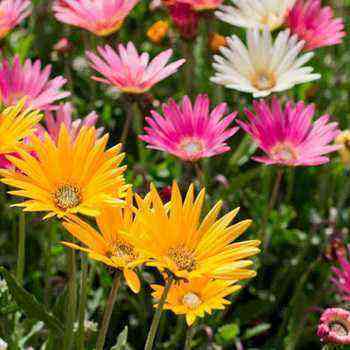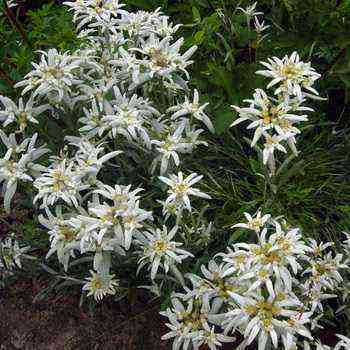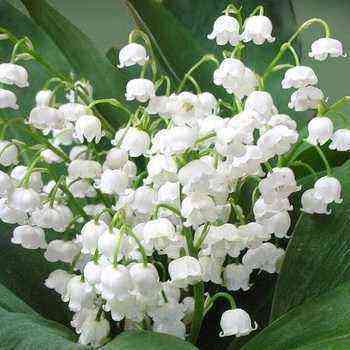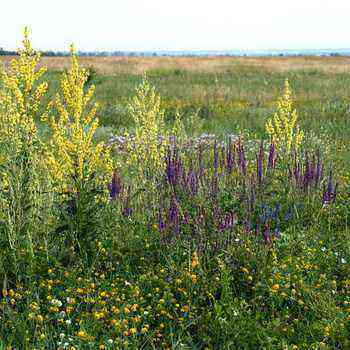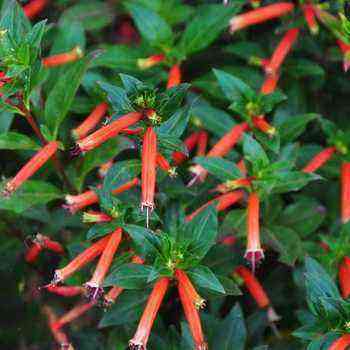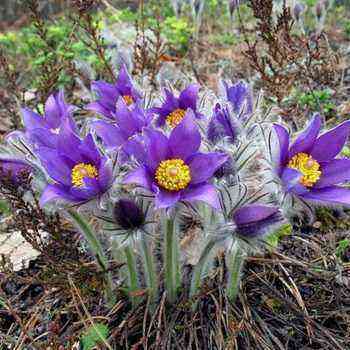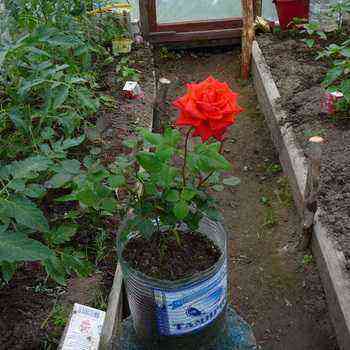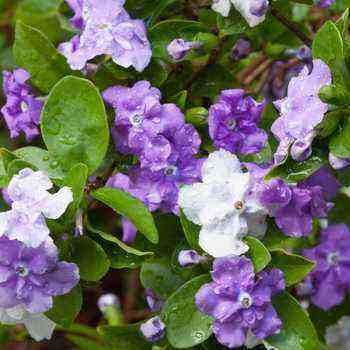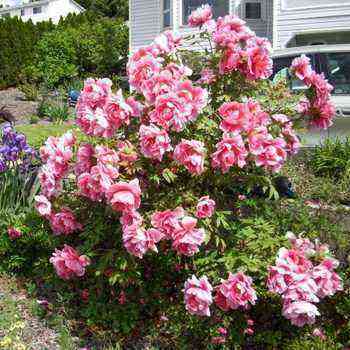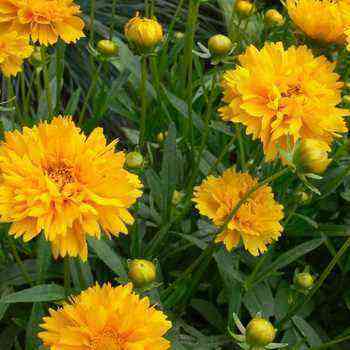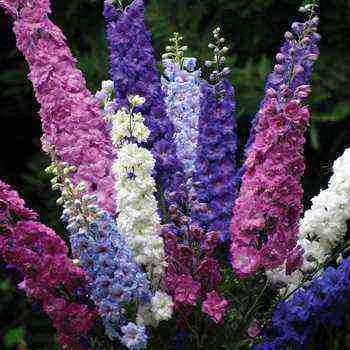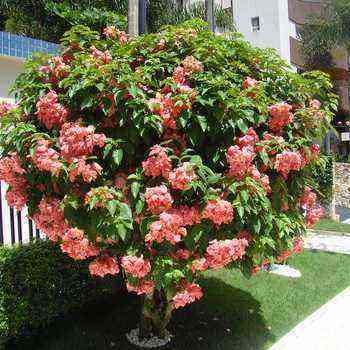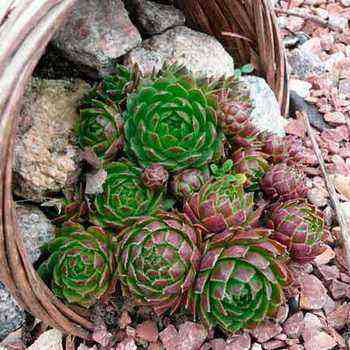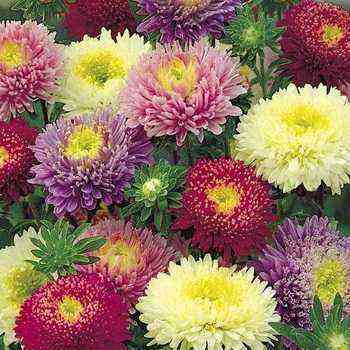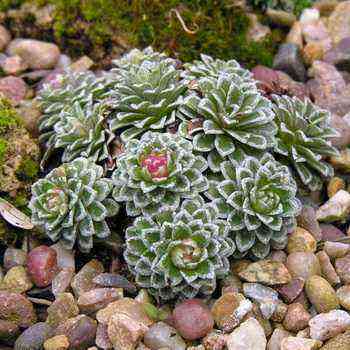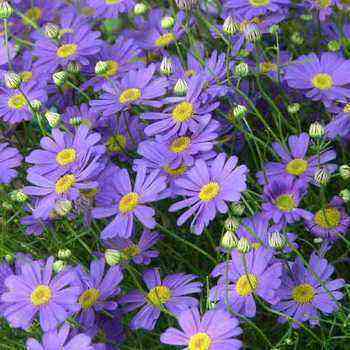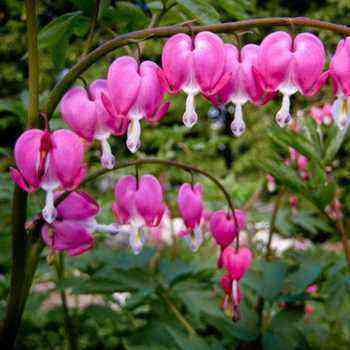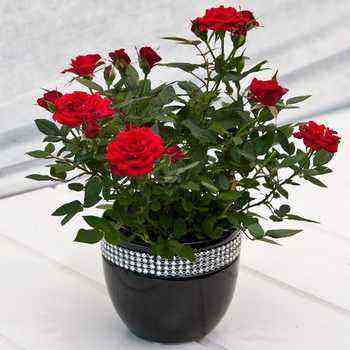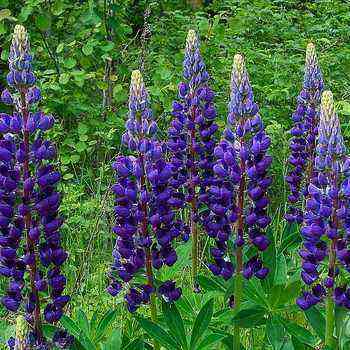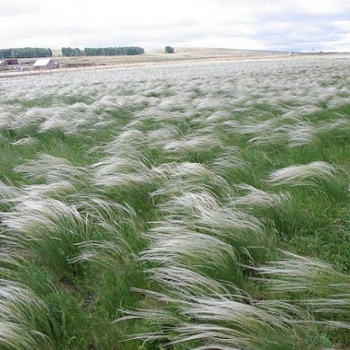 All species of feather grass (Stipa) are inhabitants of steppes, rocky slopes and other dry areas. This culture loves well-drained, loose, fertile soils, prefers to grow in sunny meadows. Feather grass are drought-resistant, do not tolerate waterlogging. Plants are very effective in flower beds, especially when planted in large tracts, they are good on rocky hills and in containers. The only drawback is that after the seeds ripen, dry stems sticking out in different directions remain.
All species of feather grass (Stipa) are inhabitants of steppes, rocky slopes and other dry areas. This culture loves well-drained, loose, fertile soils, prefers to grow in sunny meadows. Feather grass are drought-resistant, do not tolerate waterlogging. Plants are very effective in flower beds, especially when planted in large tracts, they are good on rocky hills and in containers. The only drawback is that after the seeds ripen, dry stems sticking out in different directions remain.
Description of the plant
All types of feather grass are mainly perennials, forming more or less dense tussocks. Leaves, often curled lengthwise, which makes them seem very narrow, bristly, less often flat. Inflorescences are large loose panicles with few spikelets. Spikelets are single-flowered, large, 1.5-7 cm long, with sharp scales drawn at the ends. The flower scales are scarious with long, strong awns at the apex and a sharp bristly base, densely adhered to the caryopsis. Awns can be either naked, shiny or feathery, i.e. pubescent with fine white hairs. Actually awns, fluttering in the wind, and give the feather grass arrays decorativeness. Feather leaves help the sharp weevil to screw into the ground. They are no less successful in introducing themselves into clothing and animal hair, causing considerable suffering. So it is better to collect mature seeds on the site before they scatter.
Winter hardiness is different. Species from southern Europe and southern North America in central Russia are freezing out. Domestic steppe feather grass can fall out in winter not from frost, but from damping off during winter thaws and spring flooding with melt water. They tolerate transplanting well at a young age, but it is better not to move adult dense tussocks and not try to divide – this often ends in the death of the plant. Easily multiply by sowing seeds in spring.
By looking at the photo, you will find out how the feather grass of different species looks like, and you can also familiarize yourself with the description of the varieties of this grass.
Popular species

K. hairy, or tyrsa (S. capillata). Dense sod perennial, 40-80 cm high.
Leaves are narrow, usually curled, shorter than peduncles. Inflorescences are narrow, with a wide inflorescence leaf. Floral scales – 10-13 mm, sinuous awns, glabrous, up to 18 cm long. Blooms in late June.
One of the northernmost feather grass. Widely distributed in the steppes of Eurasia, it is found already in the south of the Moscow region. Absolutely winter-hardy.
Large showy plant. It is a popular type for growing in flower gardens.

K. beautiful (S. pulcherrima). One of the largest feathery feathergrass, 40-100 cm high, forming powerful bluish-blue tussocks.
Leaves are usually flat, up to 5 mm wide, very tough. Spikelets up to 9 cm long. Floral scales up to 2.5 cm, awns are large – 40-50 cm long, pubescent with long (up to 7 mm) hairs. Found in the Russian steppes. Winter-hardy, very beautiful.

K. Lessing (S. lessingiana).
Small, graceful feather grass, 30-60 cm tall, with dense tussocks. Leaves are bristle-like, pure green, rough. The inflorescence is graceful, with few spikelets. The flower scales are covered with short dense pubescence. Awns 12-20 cm long, twice geniculate-bent, fluffy in the upper part. Grows in dry steppes and semi-deserts of the European part of Russia,
Western Siberia, Central Asia. It does not tolerate excess moisture at all, because of this it often falls out in central Russia. Requires planting in the driest and sunniest places.

K. pinnate (S. pennata). Perennial, 30-100 cm high, forms dense tufts.
Leaves are usually coiled along, less often flat, rather smooth. Inflorescences of 6-20 spikelets, reaching 5-6 cm. Awns 25-40 cm, twice geniculate, the upper part is covered with hairs 5 mm long.
Grows in the steppes and on dry slopes in the temperate zone of Eurasia.
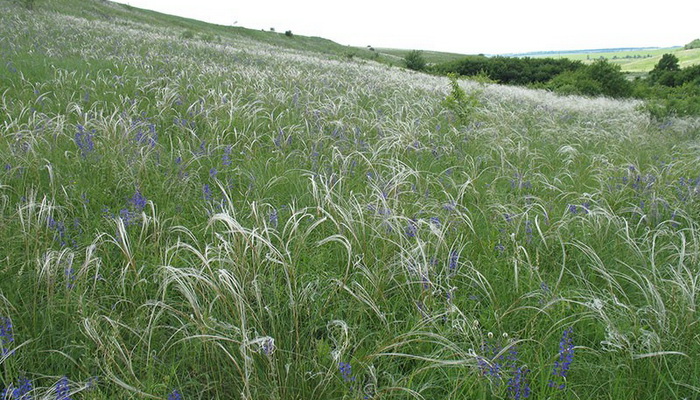
Very beautiful, “classic” feather grass. Suitable for flower beds, slides.
Used in dry bouquets. Osti are traditionally sold in bunches of bright colors.
In the steppes of the European part, there are other types of feathery feather grass, which can be grown with equal success, for example:

because pubescent (S. dasyphylla) – grayish-green, with relatively thick folded and pubescent leaves
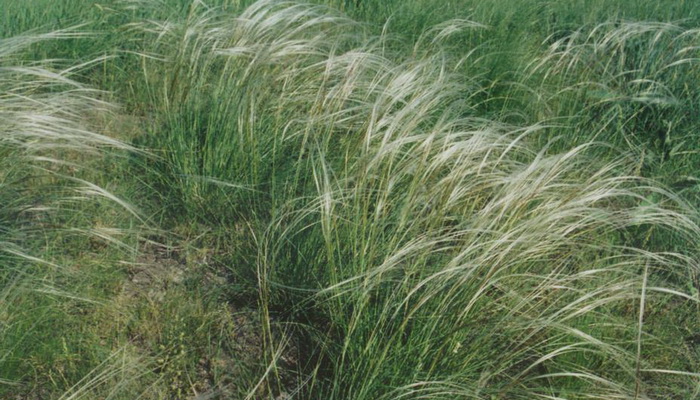
because Ukrainian (S. ucrainica) with pure green rough leaves, blooms later than all

because narrow-leaved (S. tirsa, or S. stenophylla) has really very thin filamentous leaves.
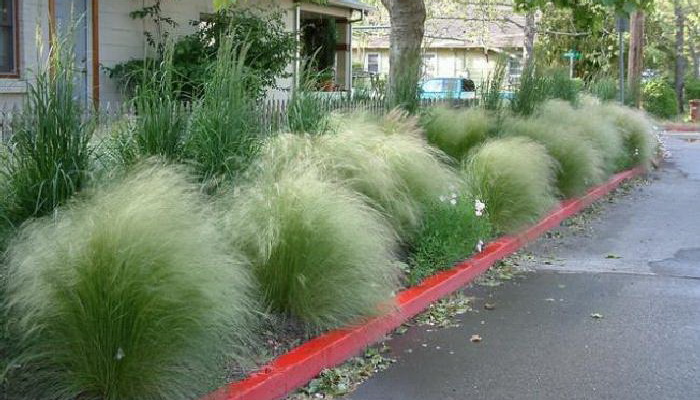
K. thinnest (S. tenuissima, or Nassella tenuissima).
Perennial, 30-70 cm high, forming dense tussocks. The leaves are curled, threadlike, rigid, slightly shorter than the stems. Inflorescences are light, whitish, numerous, narrow. Spikelets are about 1 cm long. Awns are geniculate or twice geniculate-bent, glabrous, hair-like, 5-9 cm long.
It grows on rocky and dry slopes from Texas to the central regions of Mexico, introduced to Africa and Australia. Drought-resistant. In the middle lane, it is not winter-hardy and is grown as an annual crop, blooms by the end of summer.
Good in sunny flower beds with annuals, in containers for decorating patios and balconies.
Grades:
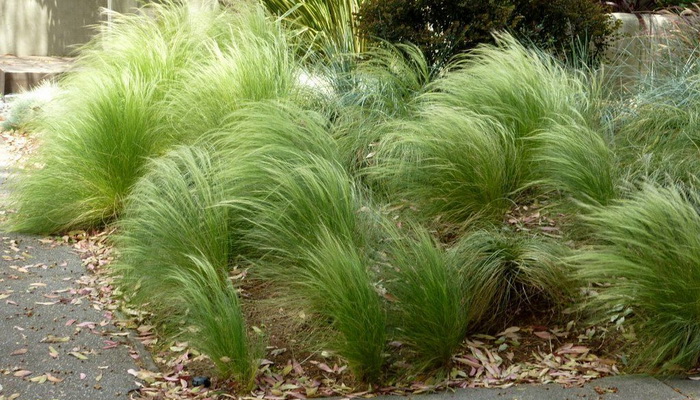
‘Pony Tails’ is the most common cultivar and can be considered the commercial name for this feather grass.
